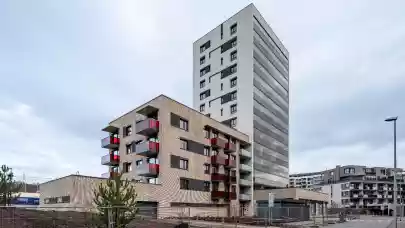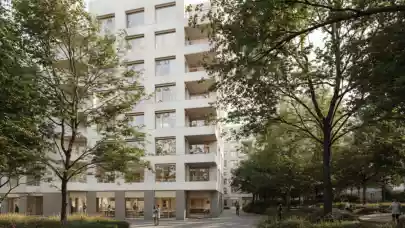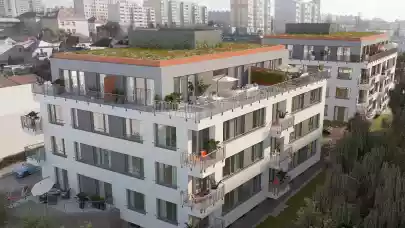
After several years of record demand, Romania's residential market entered 2025 in a cooling phase, marked by cautious buyer sentiment. Consumer confidence recorded the steepest half-yearly decline since the 2009-2010 crisis, excluding the temporary pandemic shock when optimism quickly rebounded, according to Colliers consultants. They note the deterioration runs deeper and is expected to last longer, fueled by labor market slowdown, political instability and fiscal changes eroding purchasing power.
Political uncertainty and debates around raising VAT on new homes created market volatility early in the year, with a weak start followed by temporary spring recovery. The VAT increase to 21%, effective from August 1, 2025, prompted many buyers to accelerate contract signings, making July one of the most active months in recent years. However, this transaction surge is seen as temporary, and Colliers expects residential market activity will slow visibly in the final part of the year once new fiscal measures take full effect alongside high interest rates.
At national level, the property market recorded nearly 106,000 transactions with individual units in the first eight months of 2025, broadly in line with the same period of 2024, according to the National Agency for Cadastre and Real Estate Publicity.
"Although construction indicators, building permits and buyer sentiment all show declines, the market is not entering a recession comparable to 2009-2010. Rather, we are witnessing a normalisation after several strong years in which demand consistently outpaced supply," explains Gabriel Blăniță, Associate Director at Colliers Romania. "Over the long term, the fundamentals remain solid: major cities continue to face overcrowding and a housing deficit, while purchase intentions remain well above pre-pandemic levels."
On pricing, pressures remain visible, especially in major cities. Although housing deliveries fell by around 5% in the first half of 2025, the demand-supply imbalance is felt most acutely in central and well-positioned areas. Rising construction costs, driven by higher material prices and new fiscal measures, maintain an upward trend with an average increase of around 5% in large cities. In peripheral areas where developers have greater flexibility and more affordable land, price dynamics are more moderate and supply remains resilient.



